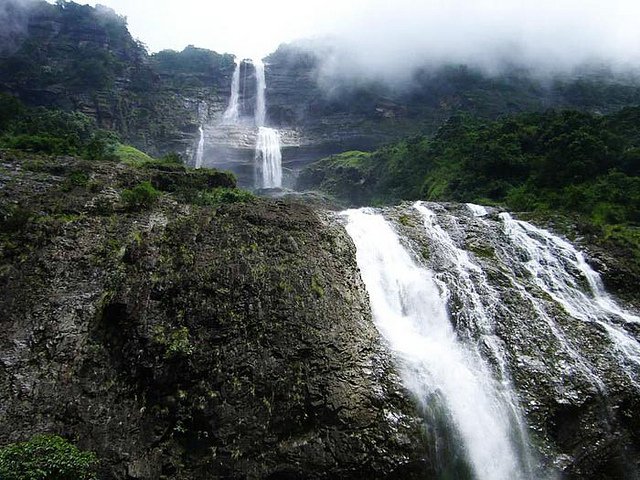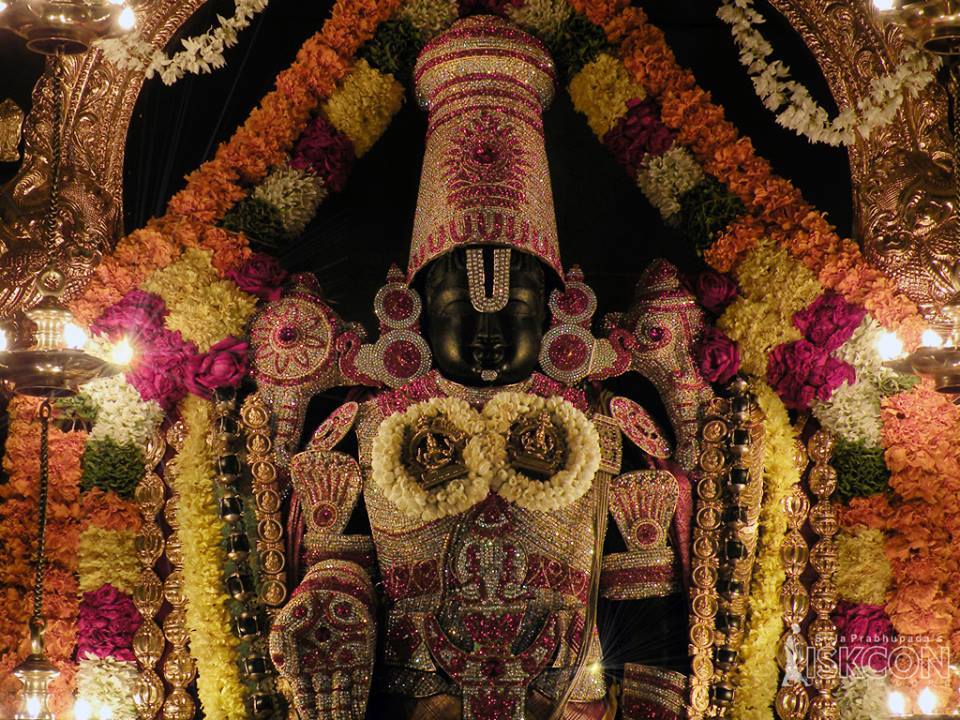Srimad Bhagavad-Gita : Ch-13. Slo-28.

20/12/2018 Srimad Bhagavad-Gita : Chapter-13. ( Kshetra-kshetrajna-vibhaga-yogam) Slokam-28. "samam sarveshu bhuteshu tishthantam paramesvaram, vinasyatsvavinasyantam yah pasyati sa " sarveshu bhuteshu = in sarva-cara-caram-s ( in all living and non-living entities ); samam tishthantam = situated equally as one; paramesvaram = the supreme Lord; vinasyatsu avinasyantam = in the perishable ( destructible ) things as imperishable ( not destroyed ); yah pasyati = one who sees; sah pasyati = he is seeing the Truth. ( One who sees the Supersoul accompanying the individual soul in all bodies and who understands that neither the soul nor the Super...





